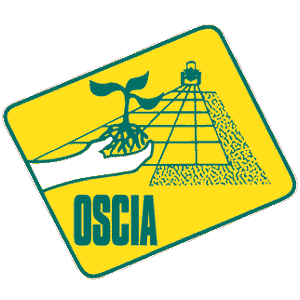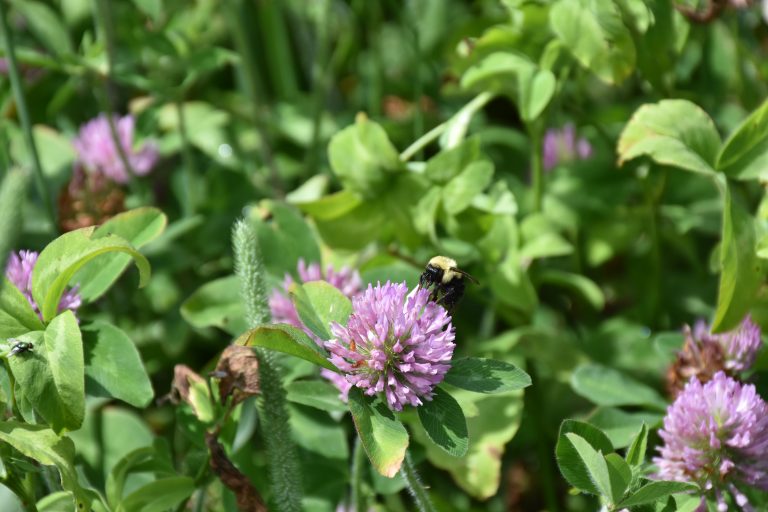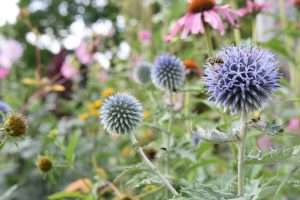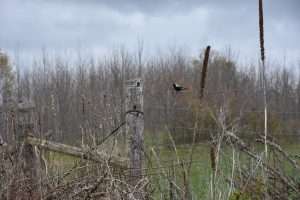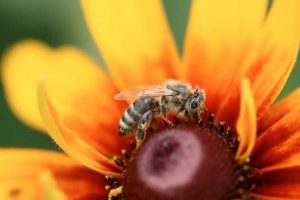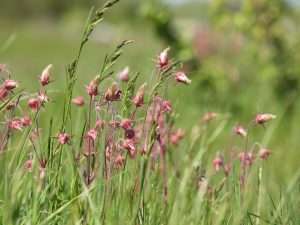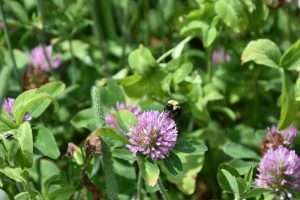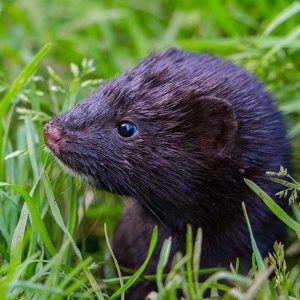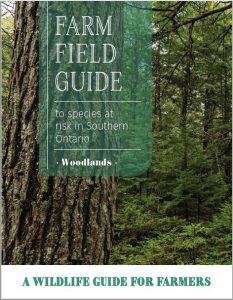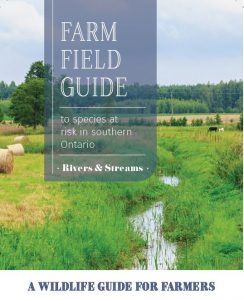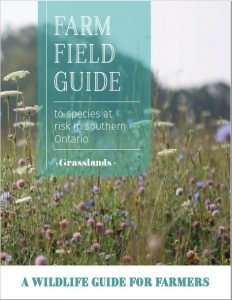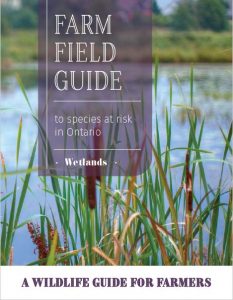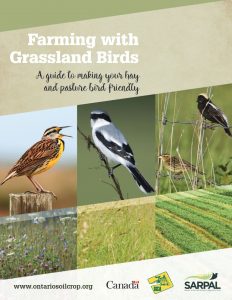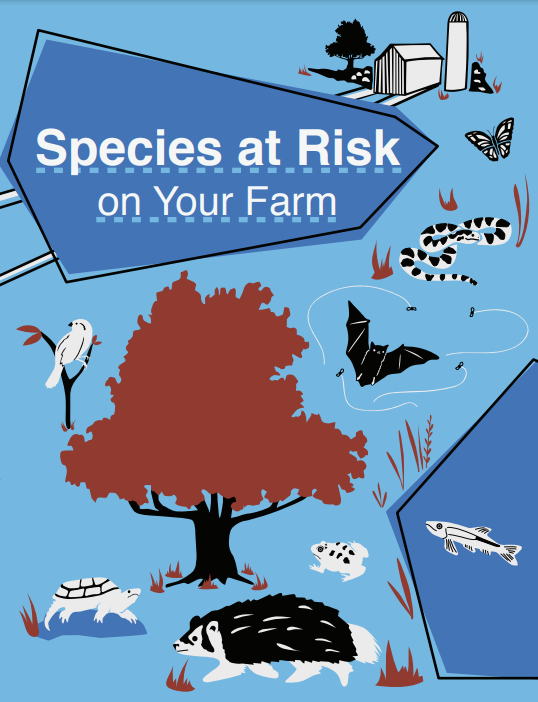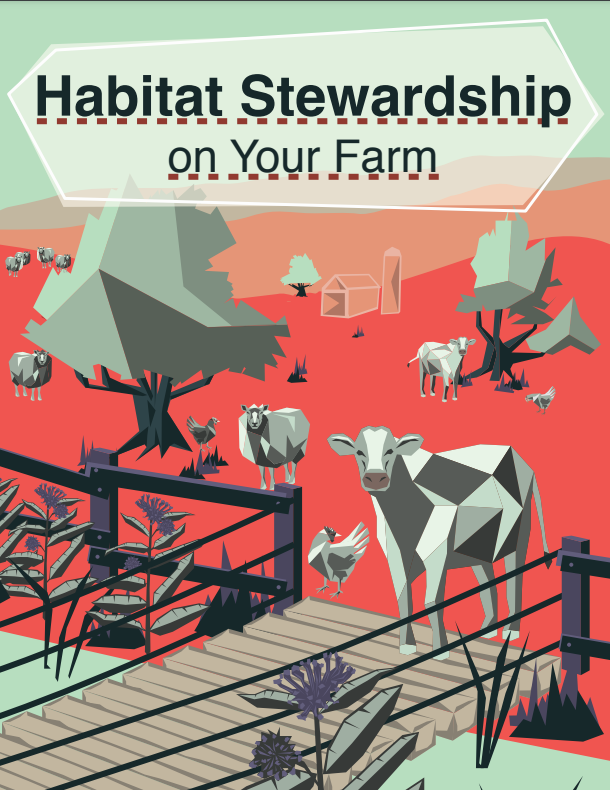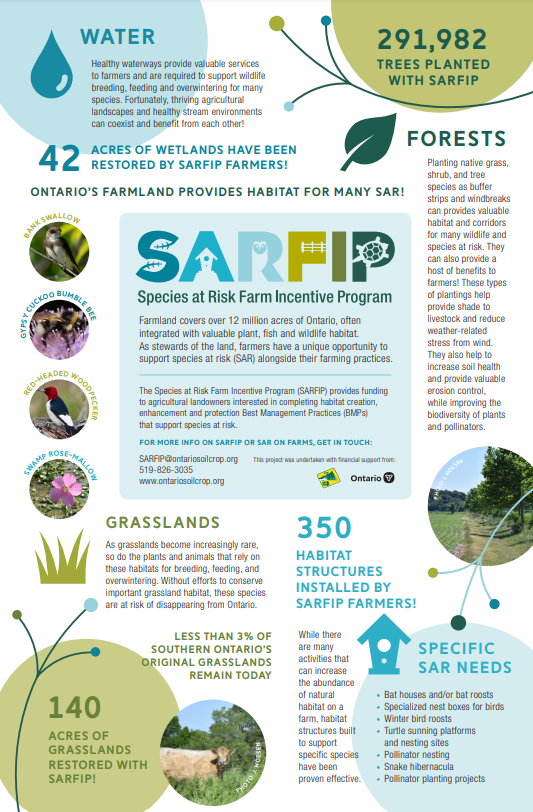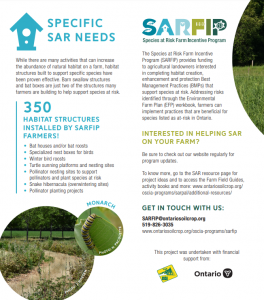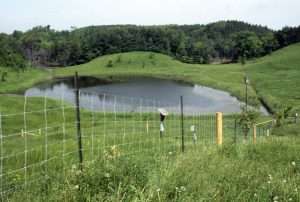
In-Stream Brush Bundles for Fish
In-stream cover is important for fish species of all sizes, including an endangered minnow, the redside dace. Placing brush bundles in streams provides an effective source of cover while also stabilizing stream banks. More information is available through the CWF, but you may need to consult with your Conservation Authority or a qualified biologist on the exact design.
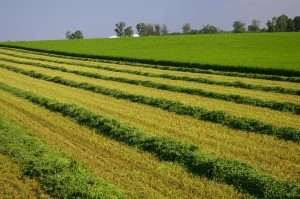
Brush, Rock, and Log Piles
The CWF website has information on building your own brush and rock piles can be important habitat elements for wildlife; they provide animals with cover and are a good site for dens.
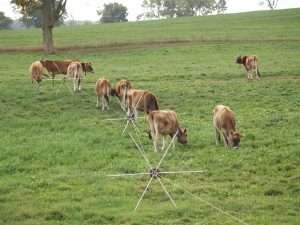
Snake Hibernaculum
Information on how to make a snake den for hibernation can be found on the Toronto Zoo and the Long Point Basin Land Trust. A simple overview is available through the CWF, and a Quick Guide to Helping Reptiles and Amphibians is available from Scales Nature Park.
